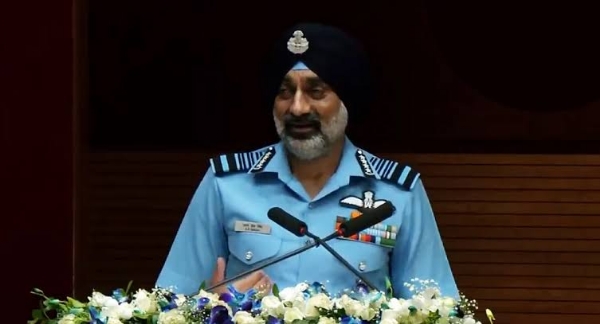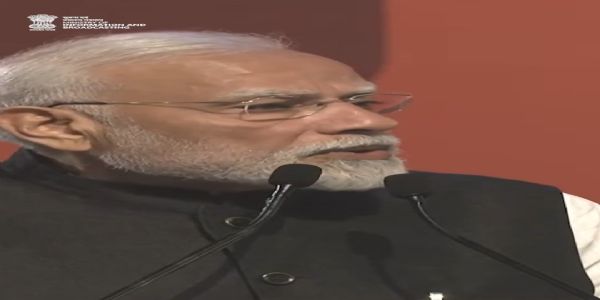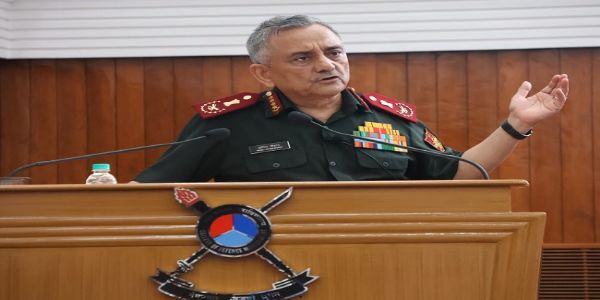
Bengaluru/Delhi, Aug 9 (HS): Indian Air Force Chief, Air Chief Marshal A.P. Singh, made major revelations on Saturday about Operation Sindoor. He said that India shot down at least five Pakistani fighter aircraft from a distance of 300 km, using long-range surface-to-air missiles. The IAF also targeted Pakistan’s Jacobabad and Bholari airbases, significantly weakening its air power. This was India’s largest-ever surface-to-air strike.
The IAF destroyed at least two Pakistani command and control centres in Murid and Chaklala, as well as six radars of varying sizes. An airborne early warning and control system (AWACS) or ELINT aircraft was also downed from 300 km inside Indian territory. At Jacobabad airbase, part of a hangar housing F-16 fighter jets was destroyed, and some aircraft were confirmed as damaged.
Singh stated that during the operation, Pakistan’s aircraft could not come anywhere near India’s missile defence systems, including the newly acquired S-400 system, which proved to be a game-changer by keeping Pakistan’s long-range glide bombs and other weapons out of use.
He displayed before-and-after satellite and local media images showing the destruction at Lashkar headquarters in Muridke and Jaish headquarters in Bahawalpur, where only rubble remained while nearby structures were largely intact.
Air Chief Marshal Singh recalled that unlike the 2019 Balakot airstrike—where results were harder to showcase publicly—Operation Sindoor’s success was clearly demonstrable, helping India showcase its military strength to the world.
He revealed that the 80–90-hour-long high-tech conflict inflicted significant damage on Pakistan, compelling them to seek talks via their DGMO. He credited the success to strong political will, absence of operational restrictions, coordinated planning among the three services, the unifying role of the CDS, and the support of the National Security Advisor.
Hindusthan Samachar / Jun Sarkar








